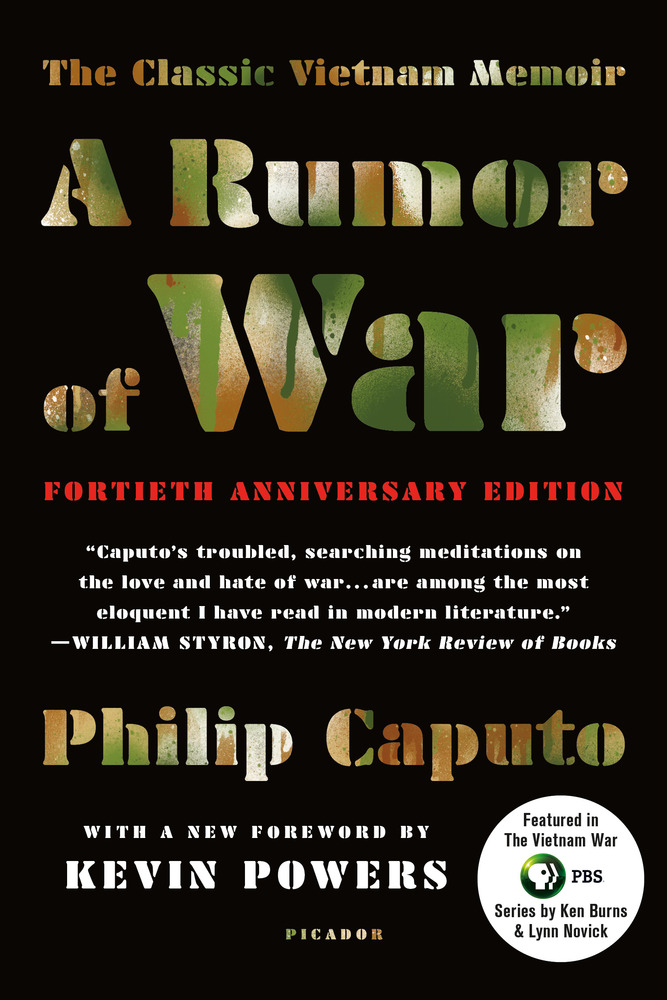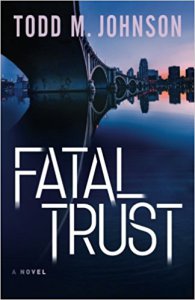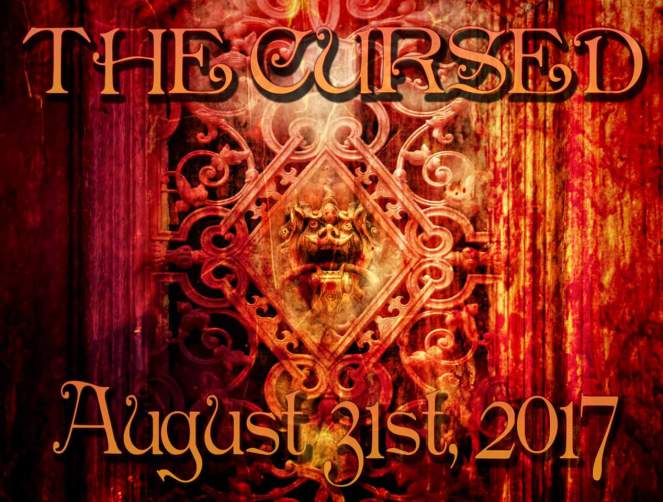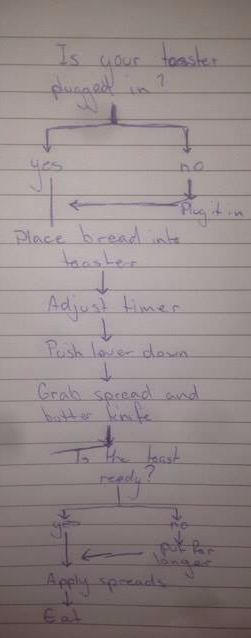
In one corner, we have a nonfic volume which briefly examines 25 works of noteworthy literature, in order to see what, in part, makes them so enduring.
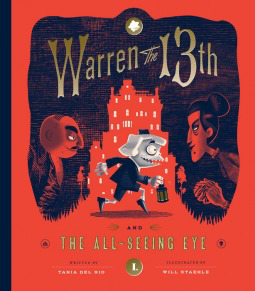
In this other corner, we have an illustrated MG novel about a young boy, the last in a long line of caretakers for the family hotel. His life turns itself upside down when his new aunt starts a chain reaction of catastrophe while searching for the mysterious All-Seeing Eye.
I’m going to be candid: I have been in a daze for the past forty-eight hours. A daze caused by the very movie that sparked this ridiculous blog series. Thor: Ragnarok was, in a word, spectacular, and, in a few more words, it was everything I hoped it could be and more. My Read-A-Thor was for a good cause, dear readers. Though I reviewed many duds these past nine weeks, it was worth it – maybe the universe allowed me to be drained by so many unworthy books so that I’d be refreshed and reinvigorated for my new favorite MCU movie.
Of course, as I said, after I finished The Memoirs of Helen of Troy, my reading for this past week improved. Because it is an hour until midnight this Saturday and I have two books to review, I’m going to do them very quickly, but know that these were sturdy, solid books, which I recommend for different reasons.
Firstly, The Art of X-Ray Reading.
I finished X-Ray Reading on November 1st, which was perfect, because it got me in the mood for NaNoWriMo. It’s a simple, easy-to-read little book, and its overall message is an encouraging one: “The mysteries of the great masters such as Toni Morrison and F. Scott Fitzgerald are not necessarily mysteries if you know how to read constructively. You, too, can teach yourself how to read such meaning-drenched sentences as the ‘So we beat on, boats against the current, borne back ceaselessly into the past’ doozy we all sort of know.”
The strengths and weaknesses of X-Ray Reading are often the same. For example, as I said, its chapters are brief, and the lessons are clear and simple. These are often good things. However, those attributes can turn on themselves; as the book moves on, Clark often becomes repetitive (in a twist of irony, he most often repeats himself when talking about meaningful repetition). In sacrificing content for simplicity and easy reading, he skims over conversations that might give the reader more to chew on. There aren’t many practical exercises; there are times where Clark suggests, “you might try this while writing,” or, “try this when you’re editing,” but the book could have been elevated with some real-time projects. The “Writing Lessons” at the end of each chapter are the most redundant, both in copy-pasting from the chapter itself to reusing the same lessons in previous chapters.
All that aside, I did enjoy X-Ray Reading. It’s a solid resource and one that probably bears rereading. You might start to skip the “Writing Lessons” segments, but there are plenty of lessons to be learned or relearned in the chapters, simplicity notwithstanding. Sometimes you might need a simple reminder, of the “cut nonessential adverbs” variety to the “know where your allusions come from and use them” sort.
Secondly, Warren the 13th and the All-Seeing Eye.
I love illustrated books. I love books whose author knows what they’re doing. I love characters who are so ugly, they’re cute. I love quirky stories that occasionally turn out darker than you expect. I love riddles I don’t know the answers to right away. I love a lot of things of the kind, and it turned out that this first Warren the 13th book delivers.
Warren is, first off, a joy to hold physically. I wouldn’t suggest reading the ebook version. There’s something about its big square shape and thick soft pages that is essential to the reading of this enchanting story. The cover matches the insides, is what I’m trying to say. If you’re not physically holding the riddle contained in the book, then you’re missing out on something (imho) important.
The story, too, is well put together. The characters spring to life from page 1, especially Warren, who gives me the combined vibes of any stock Igor character (the squat frame, the froglike face) with Tom Hulce’s Amadeus Mozart (the clothes, the canonically beautiful coif of blond hair). As much as I’m not fond of the “dumb uncle marries evil aunt” trope, it worked well here, if only because Uncle Rupert is so dumb and Aunt Annaconda (what a great name, isn’t it?) is very convincingly evil. There’s no “acting like an evil demanding witch to her nephew in front of her husband” for Annaconda; she’s an actually competent villain, thank you very much. The designs are all lovely, even for Rupert, who isn’t a major character but who has some hilarious “reaction image”-type illustrations.
As for the plot and pacing, I’d be hard-pressed to complain. I’m sure it could have been improved, but I’m at a loss as to how, except that the conclusion might have been tightened up a bit. The foreshadowing is fantastic, and, as I said, the riddle stumped me. (Not especially hard for someone who screams in frustration at the Riddles chapter of The Hobbit, but still.)
A final compliment: the character design for Sketchy is, quite frankly, adorable. It had no right to be that cute.
Read Warren the 13th if you need some high stakes and plot twists successfully blended with a fun, clever, lighthearted adventure story about a strange little boy who just wants to carry on his family tradition.
And that’s that. Read-A-Thor is complete. It’s a bittersweet realization: for nine weeks, I’ve struggled with a grueling review schedule, in an agony of anticipation for the story I’ve been waiting for since 2014. There have been highs and lows; I’ve been perfectly on time for a (very) few weeks, and I’ve struggled to even make my review quote (like tonight). And now that I’ve seen and adored Ragnarok itself, I am faced with the inescapable and oft-verbalized truth: sometimes the wanting is better than the having.
But if I’ve learned one thing over the past nine weeks, it’s that, for me, stories are worth the energy. I know I’ve gotten passionate at times, perhaps been too forgiving or too sarcastic in my reviews; believe it or not, I am always reining myself in, in an attempt to be fair, logical, and, frankly, less embarrassing. The post-victory high is gone, and, though I avoided it yesterday and most of today, I’m faced with another oft-verbalized truth: going back to the old routine kind of sucks.
What makes it better? Stories. Finding new stories. Discovering old ones. Rereading favorites. Finding something to appreciate even in the worst ones. Learning from the best ones. Loving the ones found under conditions which seem unpropitious (but aren’t, because no condition is totally unpropitious when a library is within driving distance).
There will be other Ragnaroks. There will be other occasions for joyous, ecstatic, mad Read-A-Thors. (We can always hope for another Waititi-directed Thor 4, after all.) Do I overemphasize the importance of a superhero movie in which a plot point involves something called the Devil’s Anus? I could be self-deprecating and say, ‘Probably,’ but I’m not going to, because I don’t want downplaying my passions and beliefs to be part of my style anymore. I do believe in the importance and power of superhero movies with Devil’s Anuses, and I do believe in getting radiantly, effusively impatient over their release dates, and I do believe in crying after viewing them for the first time on opening night because something in them, against all odds, touched the part of my soul most in need of understanding. I believe in seeing pieces of a bigger, unearthly joy in whatever I can find on earth, because joy does not often come naturally, and to teach myself to thrill over anything that touches me, frivolous or meaningless as it might be deemed, is one of the most powerful methods of spiritual survival I have.
For now, it’s back to the hunt for more stories, unexpected but miraculously found, undeserved but desperately needed.
Advertisements Share this:
